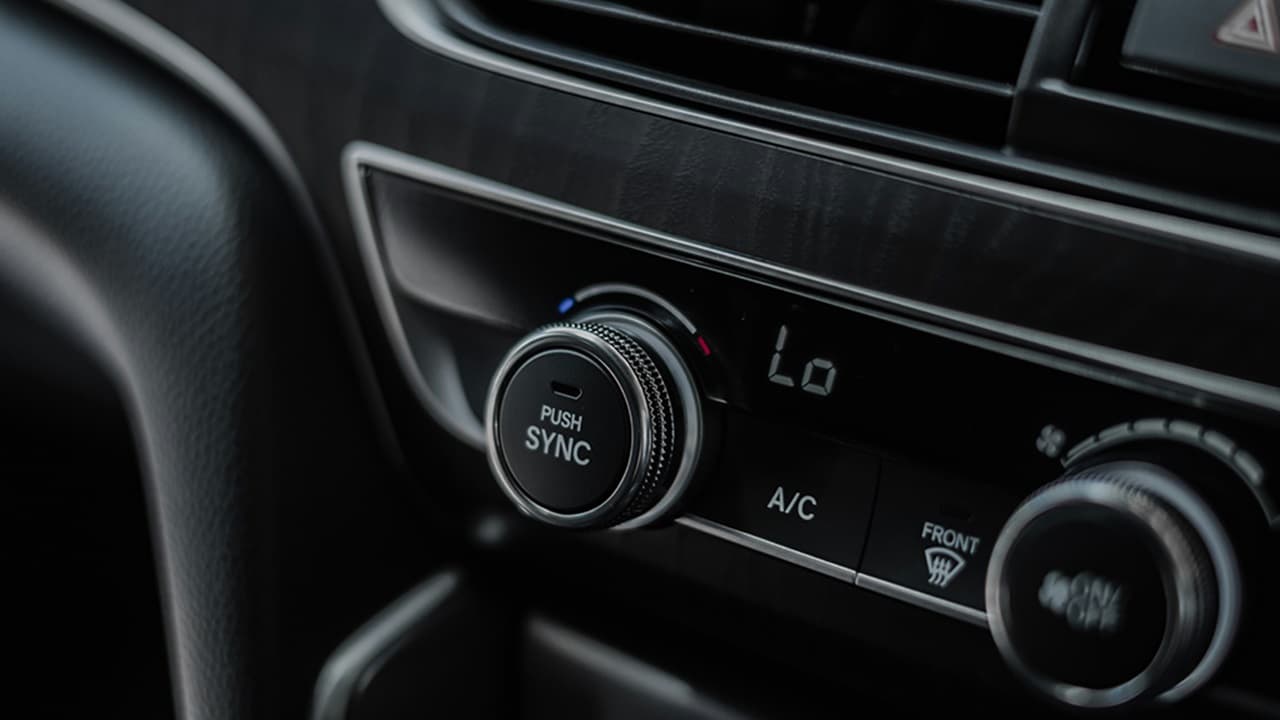Today, 5G technology is changing the game for car manufacturers and revolutionising what drivers can expect from their new vehicles. Just like in “Knight Rider” - the hit TV show running from 1982 to 1986 featuring an artificially intelligent automobile called KITT - private cars are now being designed to fully support drivers with all available high-tech data and facilitate their transport experience. Exponentially accelerating innovation, programs using 5G technology are now powering efficiency within the world of automotive, and one thing is for sure: really exciting times are ahead of us.
What is 5G in vehicles? How can it be used for automotive?
Rapidly evolving throughout the last twenty years, technology is now being integrated into all aspects of human life, including transportation. Already in use for telecommunications, fifth-generation wireless (5G) is the latest iteration of cellular technology that according to TechTarget was “engineered to greatly increase the speed and bandwidth of wireless networks while also reducing latency when compared to previous wireless standards” such as its precursor 4G. In the automotive industry, 5G technology has been used since 2019, but in the last year has seen an acceleration in its use, setting a new standard for the whole automotive production flow - from manufacturing to in-car features. Even before its deployment, the advancement in this area prompted the creation of an association called the 5G Automotive Association (5GAA) to bridge “the automotive and telecommunication industries in order to address society’s connected mobility” and bring “inclusive access to smarter, safer and environmentally sustainable services and solutions”. Since then, powered by more than 115 members, the 5GAA has been shaping the path to 5G technology by supporting Cellular-vehicle-to-everything (C-V2X), which is the next-generation telematics supporting new automotive deployments and gathering businesses interested in this powerful marriage between technology and automotive, promising to build a new transportation ecosystem based on high-level technology.
How is 5G automotive technology used inside the vehicle?
When looking at the vehicle itself, just like it does with personal phones, 5G technology keeps vehicles connected at all times. It does so by allowing for the continuous development of communication between the car and other systems, for example Vehicle to Vehicle (V2V), Vehicle to device (V2D), Vehicle to Infrastructure (V2I), Vehicle to Cloud (V2C) and/or Vehicle to Pedestrian (V2P). This powerful connection is the very element that enables reliable communication from/to vehicles, providing drivers with:
- Accuracy and safety: In order to make vehicle transportation safer, smarter, and less polluting, 5G is being used as one of the main technologies to provide accuracy to Cooperative Intelligent Transportation Systems (C-ITS) and Connected Automated Vehicles (CAV) - also known as “self-driving cars”- enabling communication between vehicles and what is around them. This is how cars can drive, park, and safely avoid accidents. Moreover, even more features are being worked on right now to help drivers receive local weather information used to avoid storms, calculate alternative traffic routes based on the needed arrival time, and deliver entertainment/ information to the driver and the passengers through audio or video interfaces (in-vehicle infotainment).
- Track and tracing: Continuously updated to its latest version, 5G technology car software is also at the foundation of current tech innovations for tracking and tracing vehicles. Already back in 2022, a new technique developed by researchers from the University of East London (UEL), improved the “tracking accuracy of a mobile vehicle to 6.3 meters compared to the standard GPS methods of 7.8 meters”. The Internet of Things (IoT) is also used within car software through 5G technology, keeping connection so that all new vehicles can be tracked. What data is available? A variety of triangulation opportunities are provided by the recording of information such as the location, in-vehicle temperature, how many phones are present in the car, etc.
- Smart charging: 5G technology can also be used in the charging infrastructure of Electric Vehicles (EVs), allowing EV chargers to communicate to each other and optimise the charging experience by shifting supply. This helps with “removing the economic and technological barriers currently present around electric-vehicle charging” quotes the Business Insider, adding that the “majority of EV chargers are currently operating on Wi-Fi, ethernet, or 4G” but 5G-powered wireless carriers are surely going to expand.
How is 5G automotive technology, machine learning and AI used for auto manufacturing?
The continuous intertwining of tech and auto is also seen in the use of 5G in the manufacturing part of an automotive industry supply chain. The so-called “industry 4.0” is (and will be) based on better data, meaning better understanding that is fueled by real-time knowledge. For manufacturers, using 5G technology in collaboration with machine learning and AI allows for a far more efficient production process that can be enriched by:
- Predictive maintenance: as the car is connected at all times, through the use of 5G, machine learning and cloud systems, it can run diagnostics that flag the manufacturer of any issues when they arise, or if the vehicle needs maintenance.
- Digital twin: data collected through the use of digital twin technology can empower manufacturers to speed up their production time and through the use of machine learning ultimately improve by itself.
- Data collection: by being continuously connected, manufacturers can collect data on their cars, observe patterns and trends, and even survey the drivers via apps to ask for their experience with the drivability and the software.
- Increased safety: the use of data allows for more maintenance to be performed (and justified its cost) so that safety controls and standards can be augmented.
- Knowledge sharing among makers: manufacturers within the automotive industry that partner in alliance, will be able to share data (or sell it) in order to exchange data information on quality issues, energy usage, etc.
- Faster time to market: the combined use of IoT, digital twin, AI, 5G and similar tech, will work in collaboration with robotisation to deliver assembled vehicles at a faster pace and foster supply chain optimization.
How can logistics providers support auto companies with new technology?
5G plays a big part in supply chains too. In the past, auto manufacturers would be informed of a possible supply chain and transportation delay when it was possible. Soon enough, teams working in manufacturing will know in real-time that a certain transportation leg might be delayed, as the connection between their data will be stronger. The more 5G is implemented, the more logistic providers will be able to help auto businesses by sharing data that can optimise their global supply chains. Strong collaboration has to be based on data mining, management, collection, and architecture. Antonio Fondevilla, Global Head of Automotive at Maersk confirms saying: “This technology allows the whole process to be carried out smartly: from better knowledge when manufacturing to driving and interacting with our cars”. This type of connectivity, between equipment and machines, will allow manufacturers to plan for alternatives in case of disruptions, and to gain supply chain reliability avoiding extra costs. Overall, merging data for an optimal orchestration of their manufacturing processes.

What is the future of 5G connected cars?
Looking ahead, where are these two interlinked industries (tech + auto) going? What can we expect in the future? Already in 2021, Forbes wrote that “the vehicle-to-everything” tech would be “transforming the experience of owning or using a car as we know it” adding that “autonomous vehicles, electrification, and an increasing focus on customer experience are pushing automotive manufacturers to develop a raft of new capabilities for upcoming models” that will fundamentally change what we can do when using our cars. With the growing demand for luxurious, safe, and smart vehicles, 5G and similar technology will improve performance within the whole process. Cooperative intelligent transportation systems (C-ITS) “are becoming an enabler technology for autonomous driving to improve road safety” therefore 5G enabling “high-accuracy positioning must be achieved to address the most demanding autonomous driving functions” quotes a recent publication by the IEEE Communications Society. Autonomous driving will develop even more than today, powered by Cellular Vehicle-to-Everything (C-V2X), a connected mobility platform allowing vehicles to interact with other vehicles, cyclists, pedestrians, road infrastructure, mobile networks, etc). One thing is for sure, through the use of this tech we will witness unlimited possibilities shaping the way we drive - or not drive - given that it might all become autonomous.
未来,您想随时了解必读行业趋势吗?
您已经完成了,欢迎“登船”!
很抱歉,发送您的联系请求时出现问题。
请查看表单字段,确保所有已正确填写所有必填信息。如果问题仍然存在,请联系我们的支持团队以获得进一步的帮助。
未来,您想随时了解必读行业趋势吗?
使用此表格注册,即可直接在您的邮箱中接收我们的洞察见解,进入一个真正的综合物流世界。简单操作,即从我们为您量身定做的精选文章中获得启发,了解相关行业洞察信息。您可以随时取消订阅。
I agree to receive logistics related news and marketing updates by email, phone, messaging services (e.g. WhatsApp) and other digital platforms, including but not limited to social media (e.g., LinkedIn) from A. P. Moller-Maersk and its affiliated companies (see latest company overview). I understand that I can opt out of such Maersk communications at any time by clicking the unsubscribe link. To see how we use your personal data, please read our Privacy Notification.
By completing this form, you confirm that you agree to the use of your personal data by Maersk as described in our Privacy Notification.













